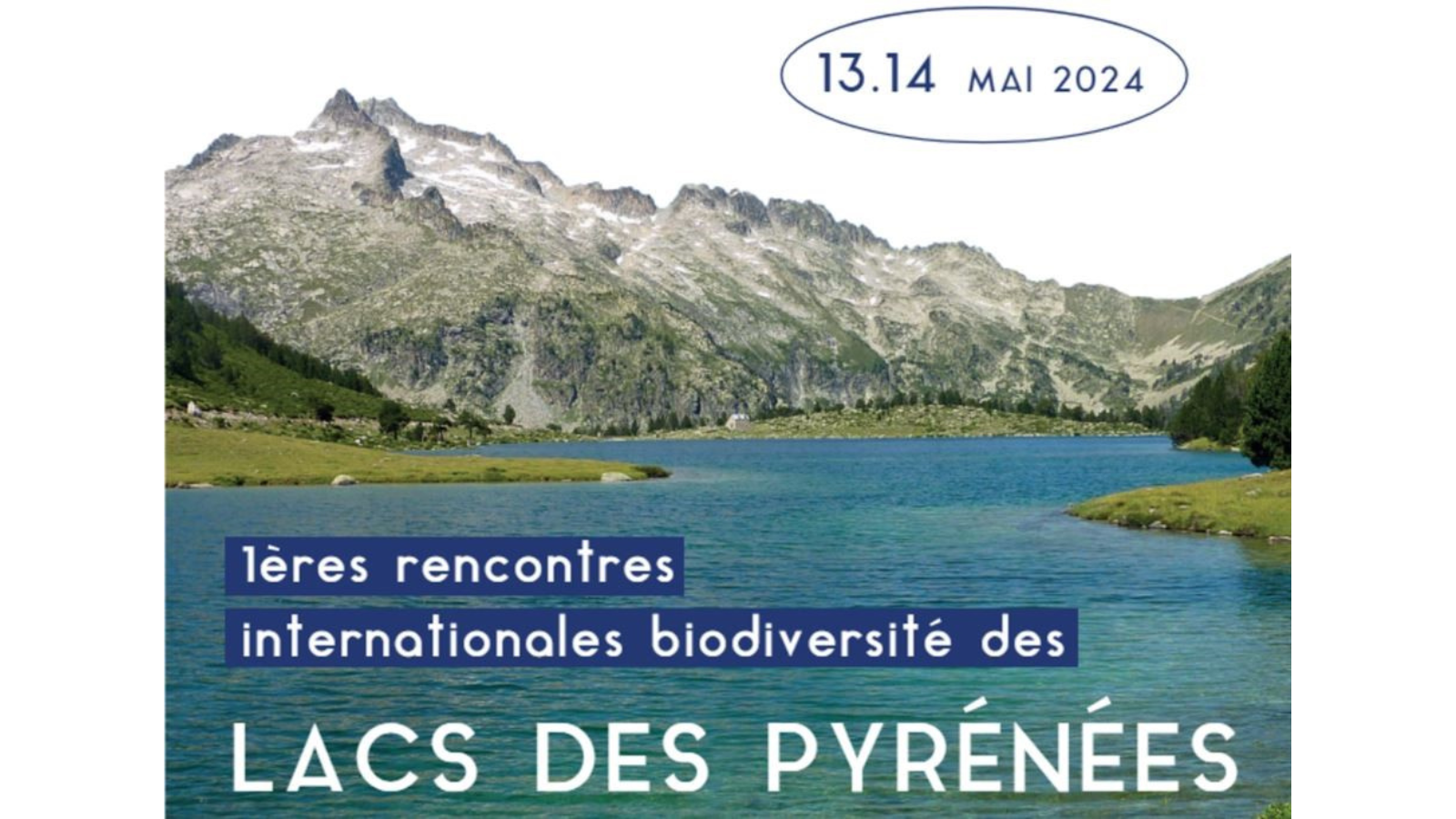During May 13 and 14, 2024, the First International Meeting on the Biodiversity of the Pyrenean Lakes took place in Loudenvielle, Hautes-Pyrénées.
The meeting was organized by the CBN of the Pyrenees and Midi-Pyrénées as the secretary of the scientific interest group (GIS) “Lacs des Pyrénées” and brought together researchers, managing entities, and decision-makers committed to the conservation of high mountain lake biodiversity.

The LIFE RESQUE ALPYR project presented as a inspiring project
The first day was dedicated to sharing knowledge, exchanging ideas, and strengthening collaboration in favor of preserving mountain lakes through interactive sessions, workshops, and presentations of inspiring projects.
Dr. Marc Ventura, coordinator of the LIFE RESQUE ALPYR project and researcher at the Center for Advanced Studies of Blanes (CEAB-CSIC), was one of the main figures of the day. The first presentation focused on the biodiversity and conservation of high mountain lakes in the Pyrenees and the Alps, highlighting the natural heritage represented by these ecosystems and the threats they face (presence of invasive fish and effects of global change).
He then presented, among other things, the objectives and conservation actions of the LIFE RESQUE ALPYR project and the expected outcomes of fish eradication in the lakes.

Tribute to Dr. Didier Galop
The second presentation was a tribute to the recently deceased Dr. Didier Galop, a renowned geographer, paleolimnologist, and director for more than 10 years of the Man-Environment Observatory (OHM) of the National Center for Scientific Research in France (CNRS) and the GEODE Research Laboratory.
Marc Ventura narrated and detailed the history of fish introductions in high mountain lakes. A story studied alongside Didier Galop and Olivier Baudier.
In the Pyrenees, fish introductions were carried out historically for self-consumption and trade, using native trout from nearby rivers, always in a few lakes. In the lakes of the Alps, there are also a few introductions dating back to the medieval period. However, in both the Alps and the Pyrenees, it was from the second half of the 20th century that fish introduction became widespread with the advent of recreational fishing.
Currently, 32% of the lakes in the SCI Pallars and 75% of the SCI Aigüestortes have stable fish populations. In the Italian Alps, introduced fish are present in 89% of the lakes in the Mont Avic Natural Park and 35% of those in the Gran Paradiso National Park.

A cross-border project for high-altitude lakes
The ultimate goal of these meetings is to build an ambitious and cross-border program for the Pyrenees by 2026 through a strategic partnership .Collaboration between managers, researchers, and entities will be essential to address the biodiversity conservation challenges of the coming years in the Pyrenees.




